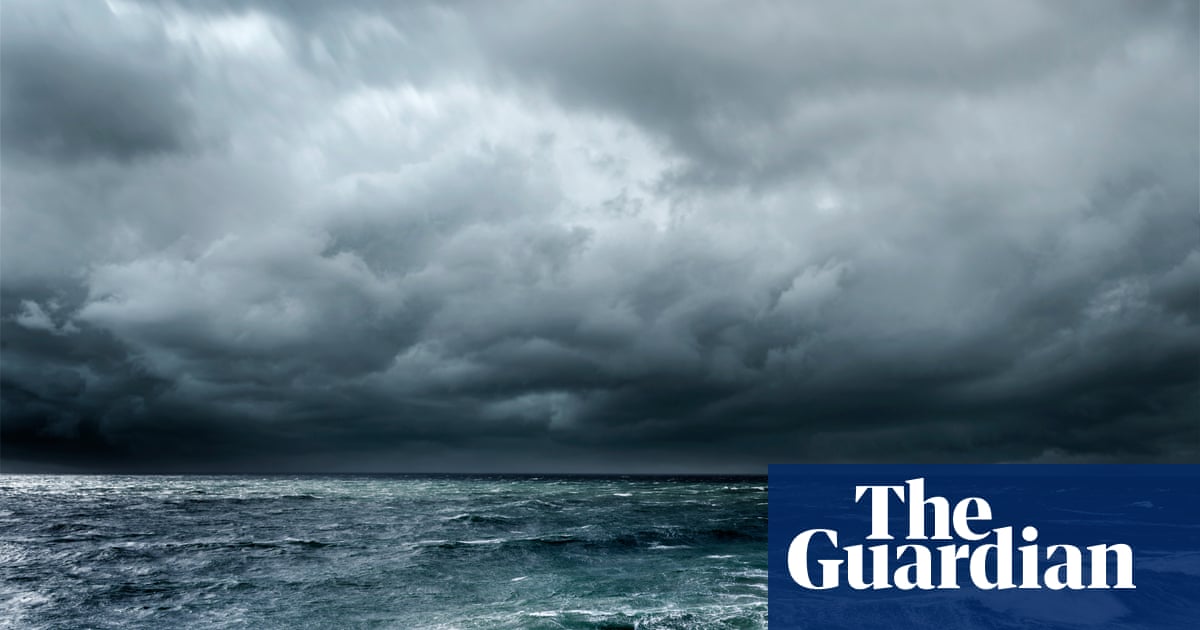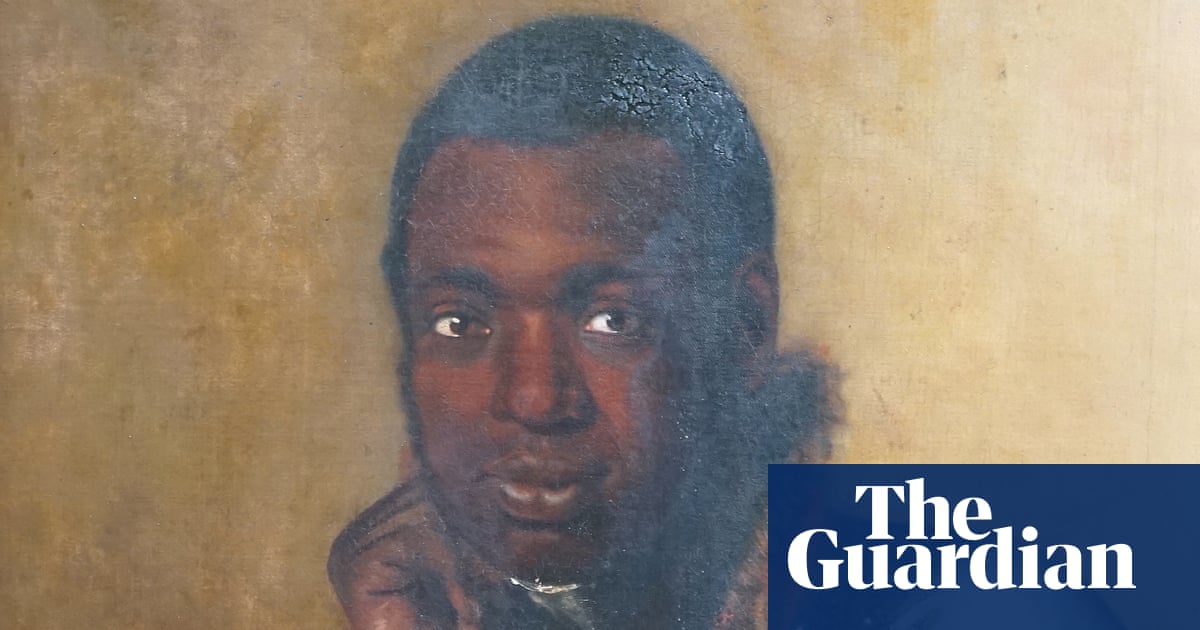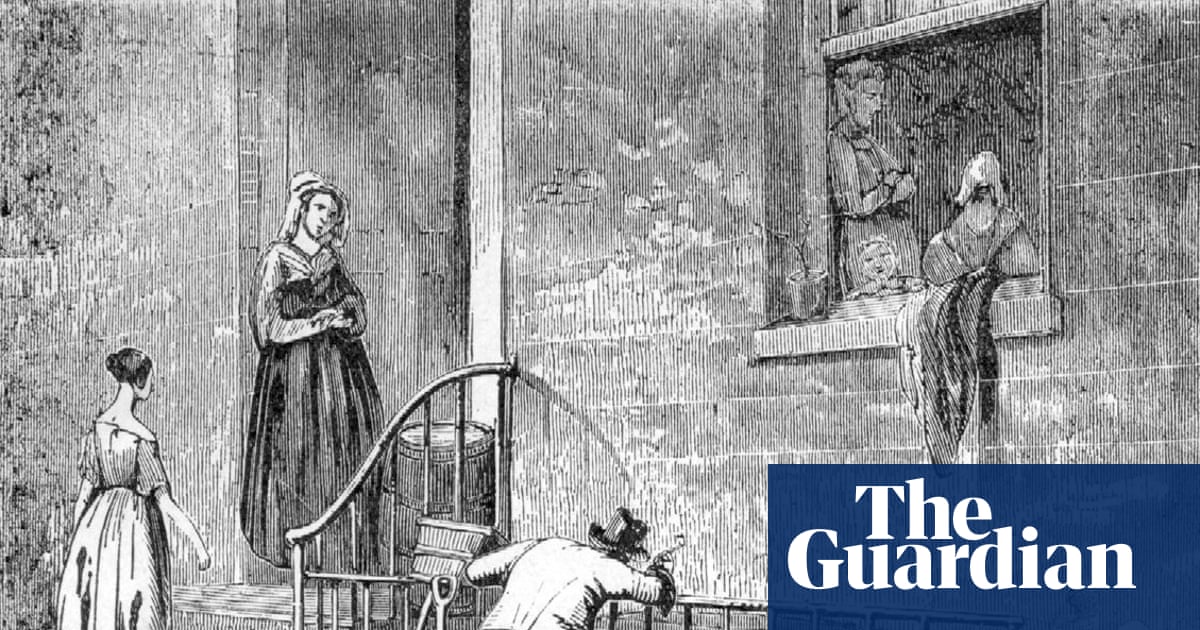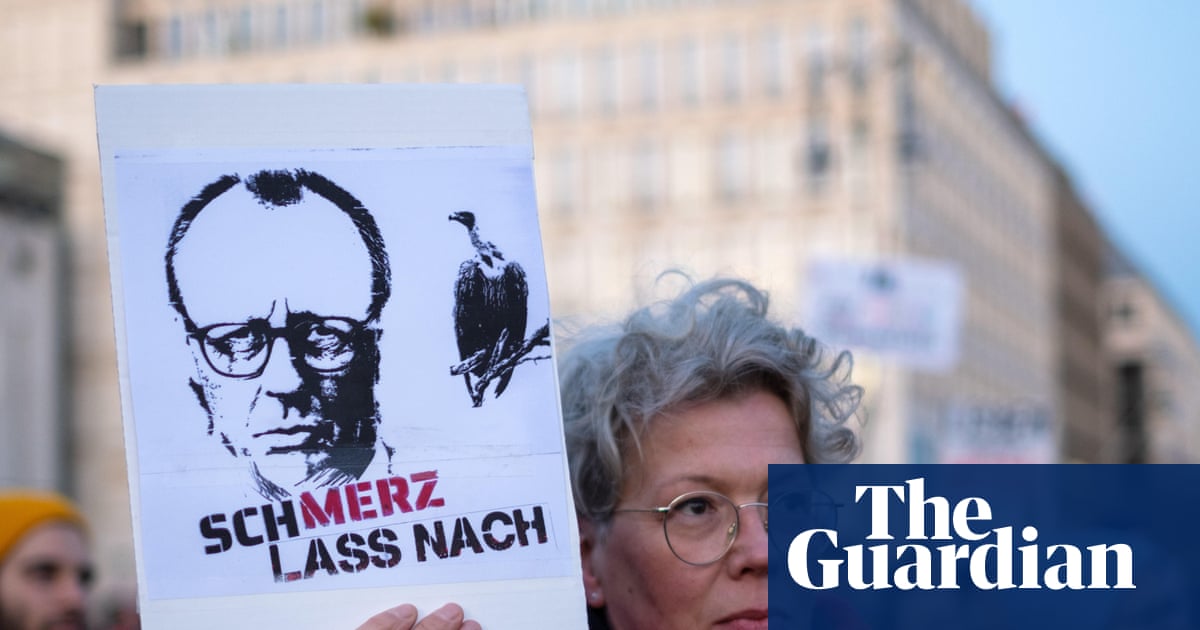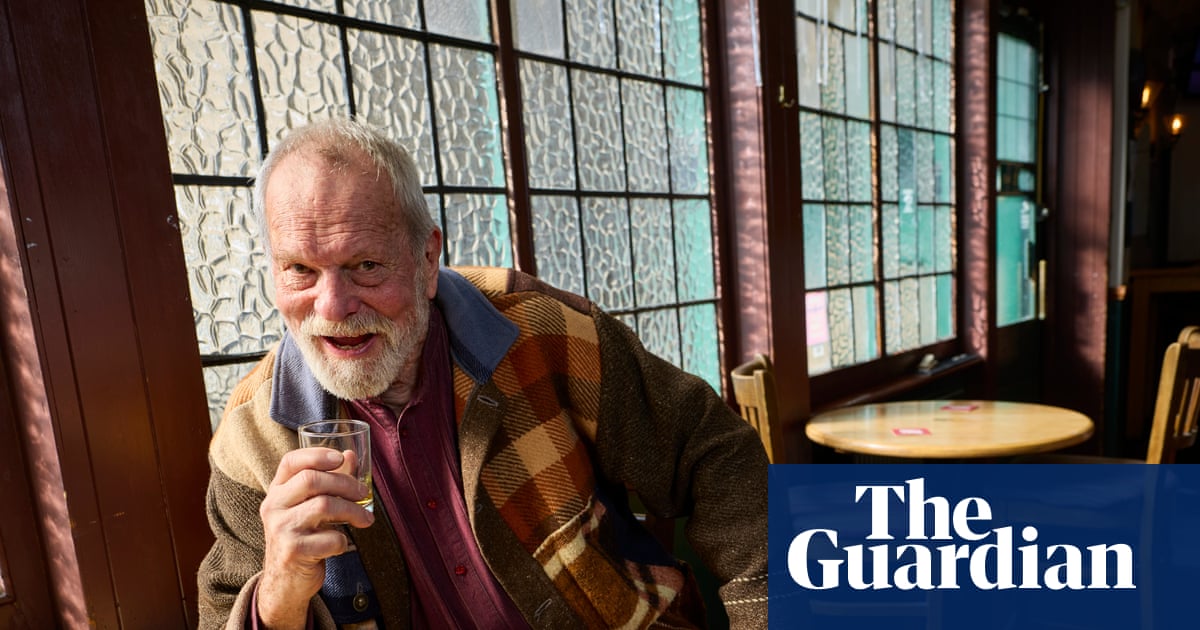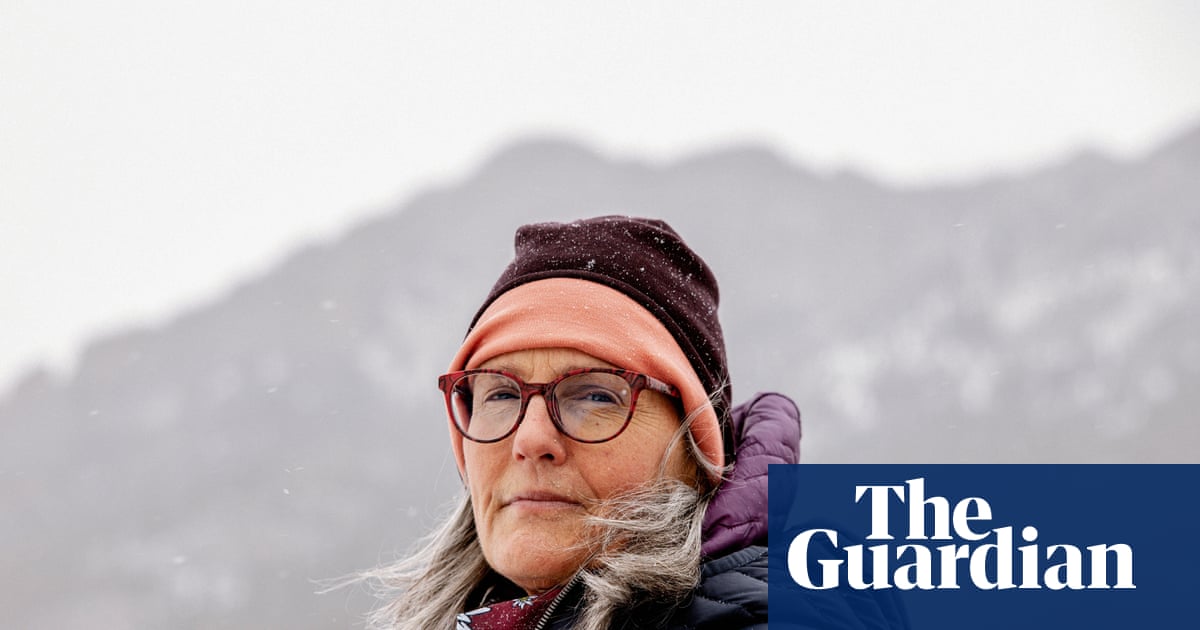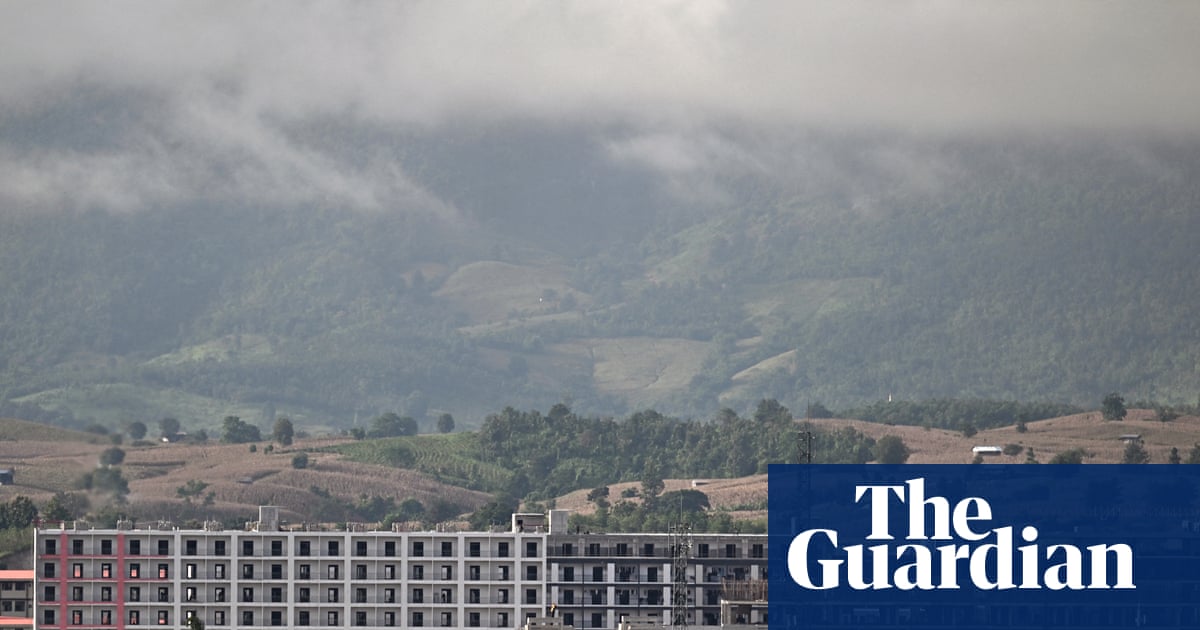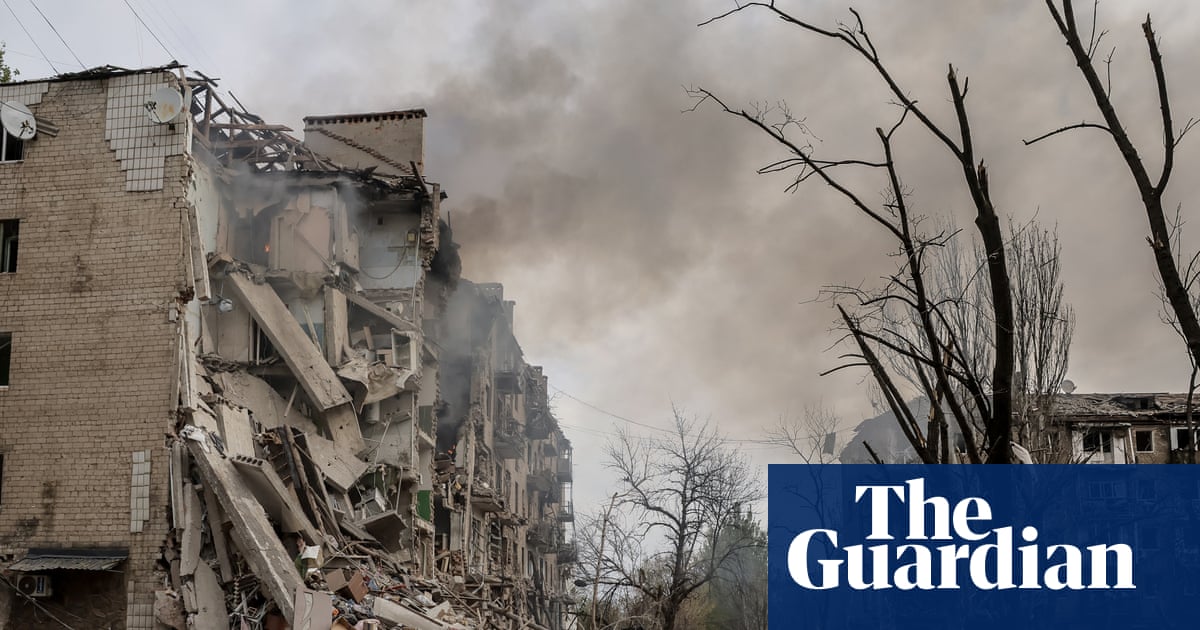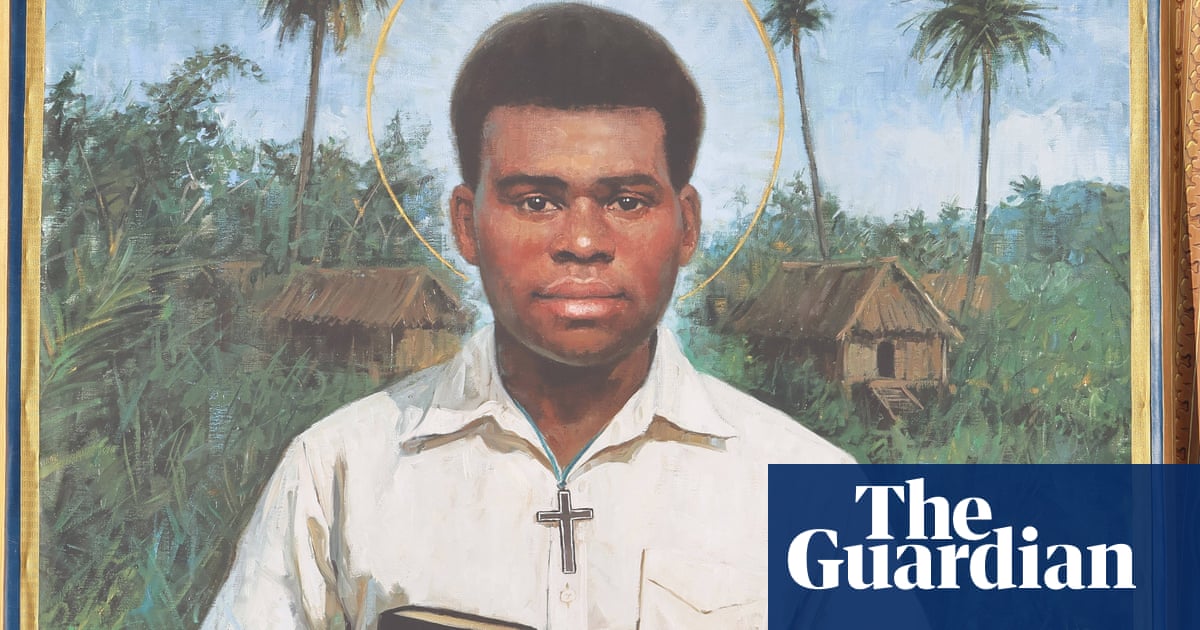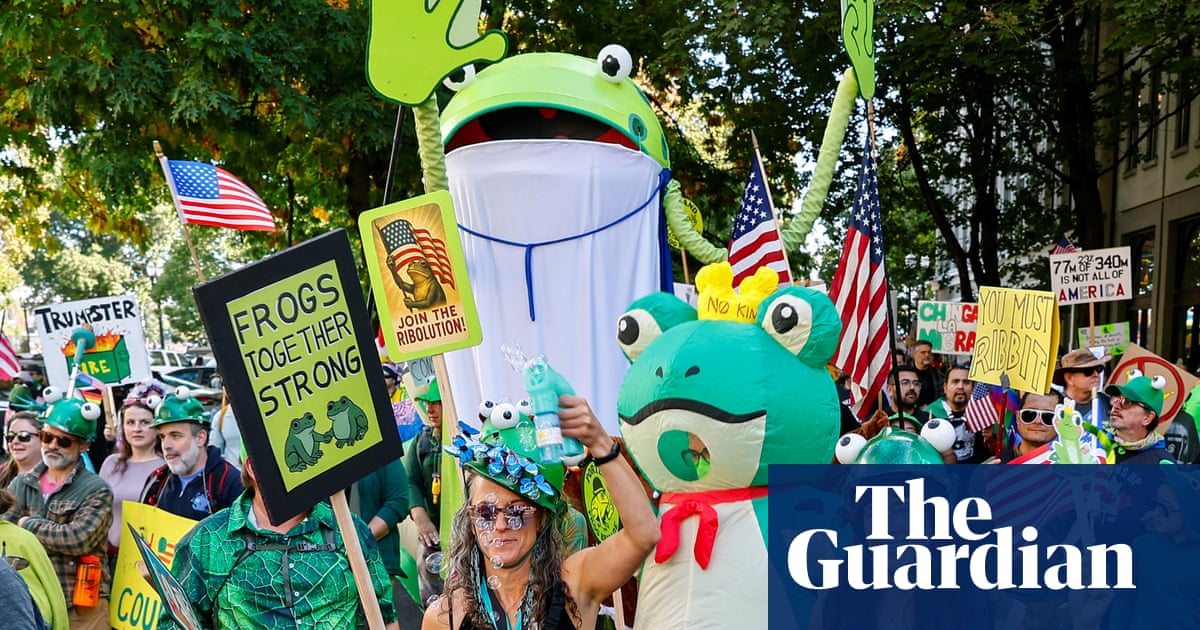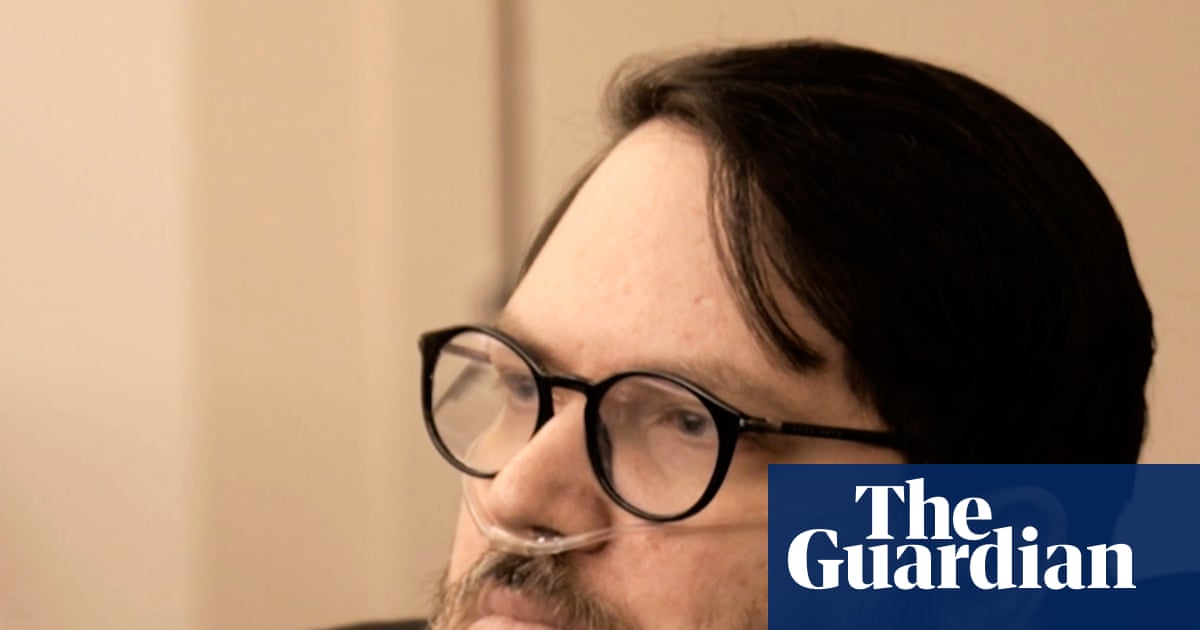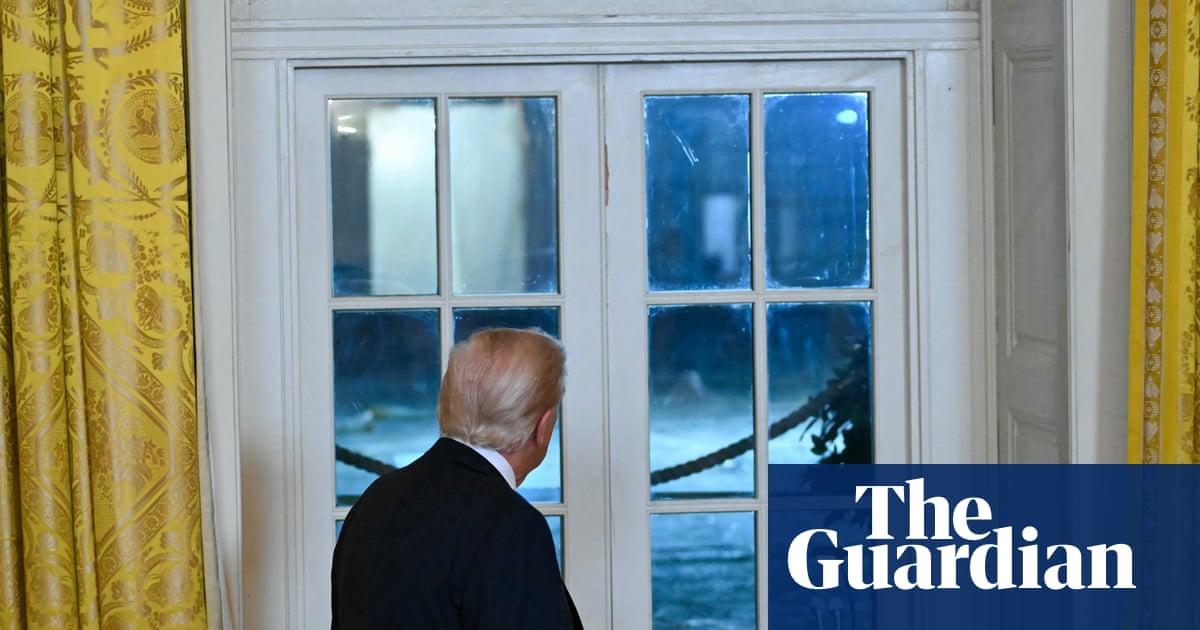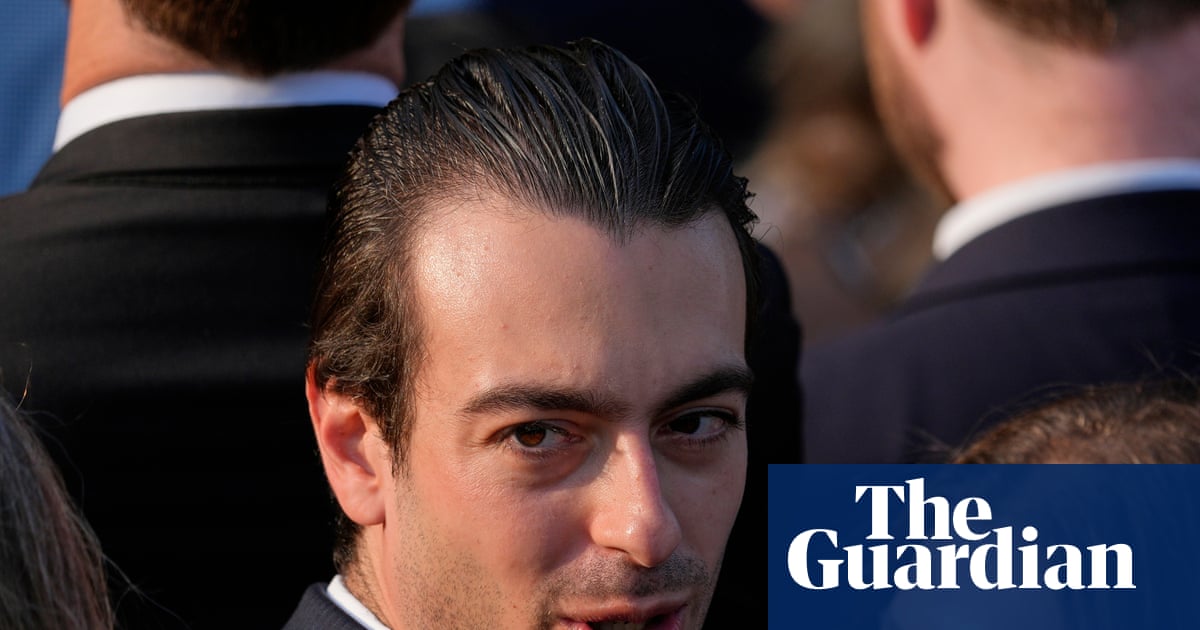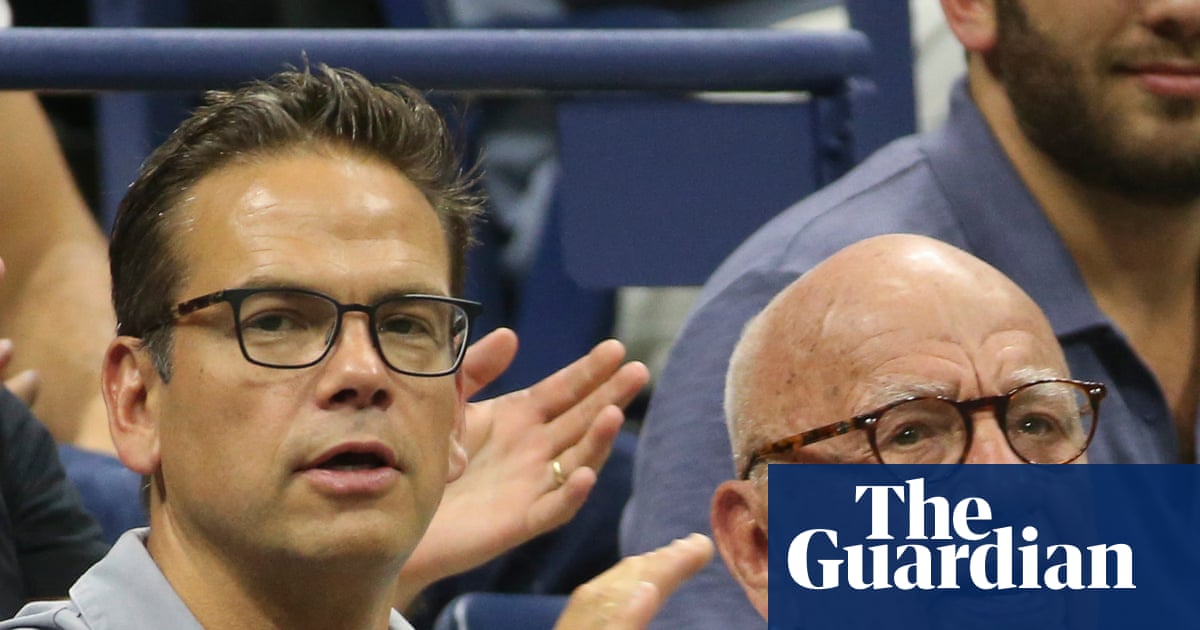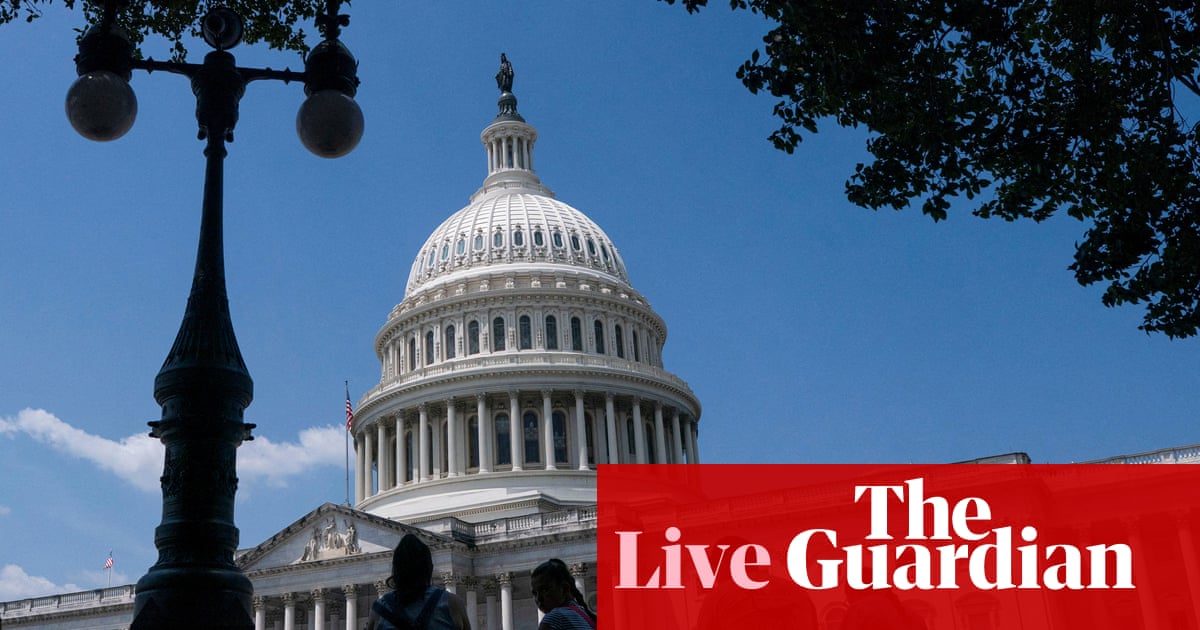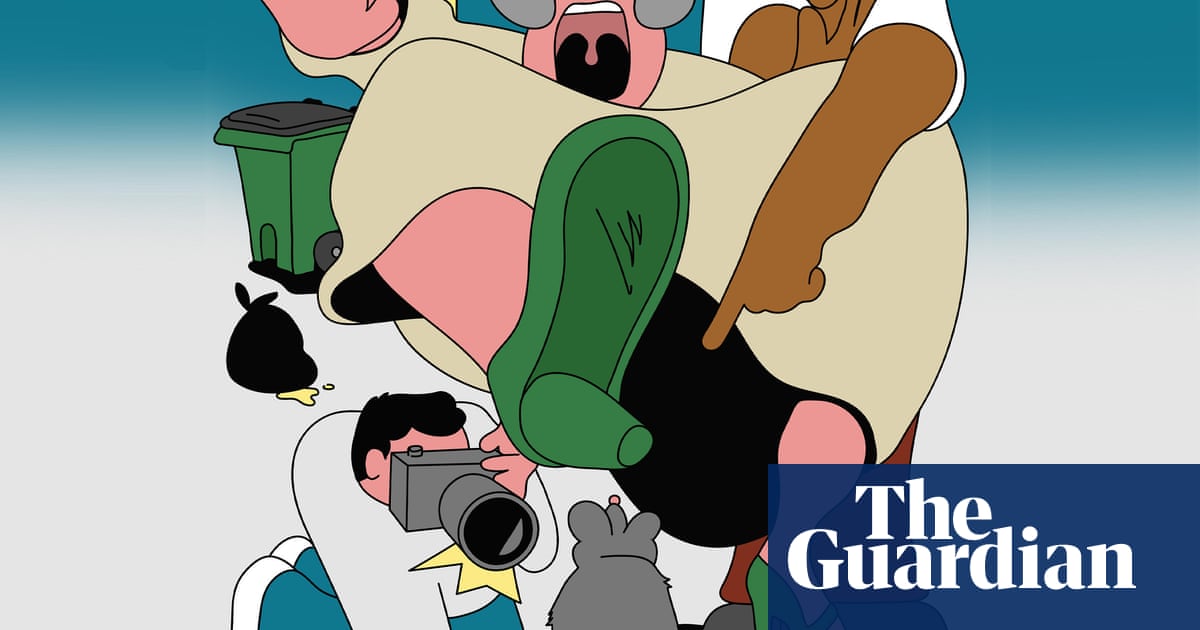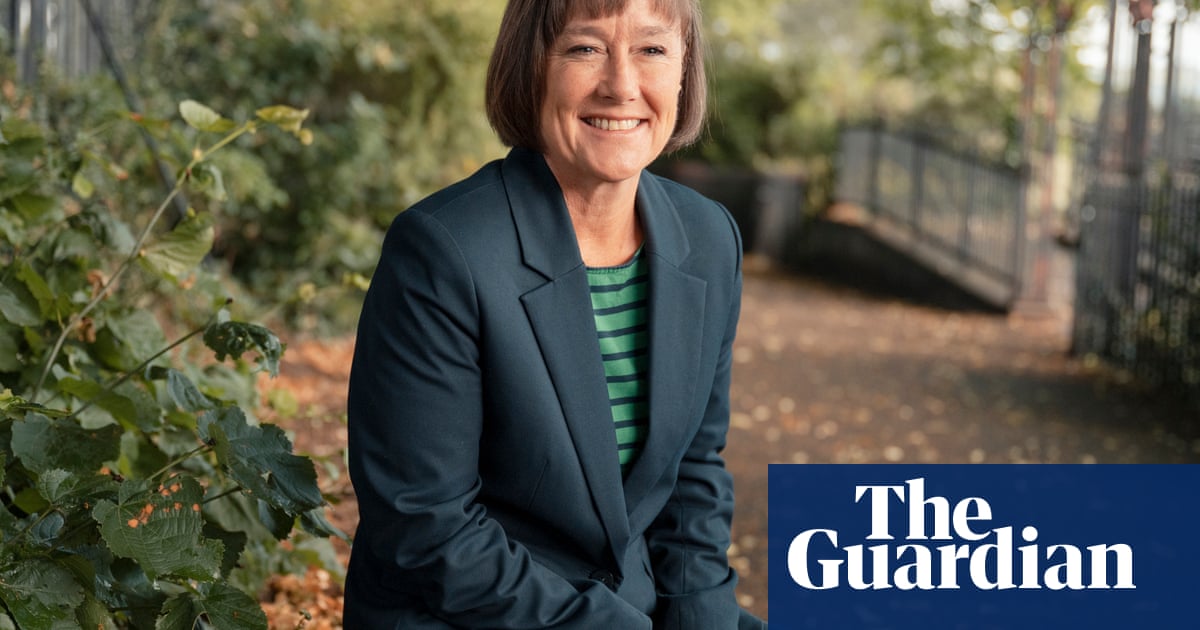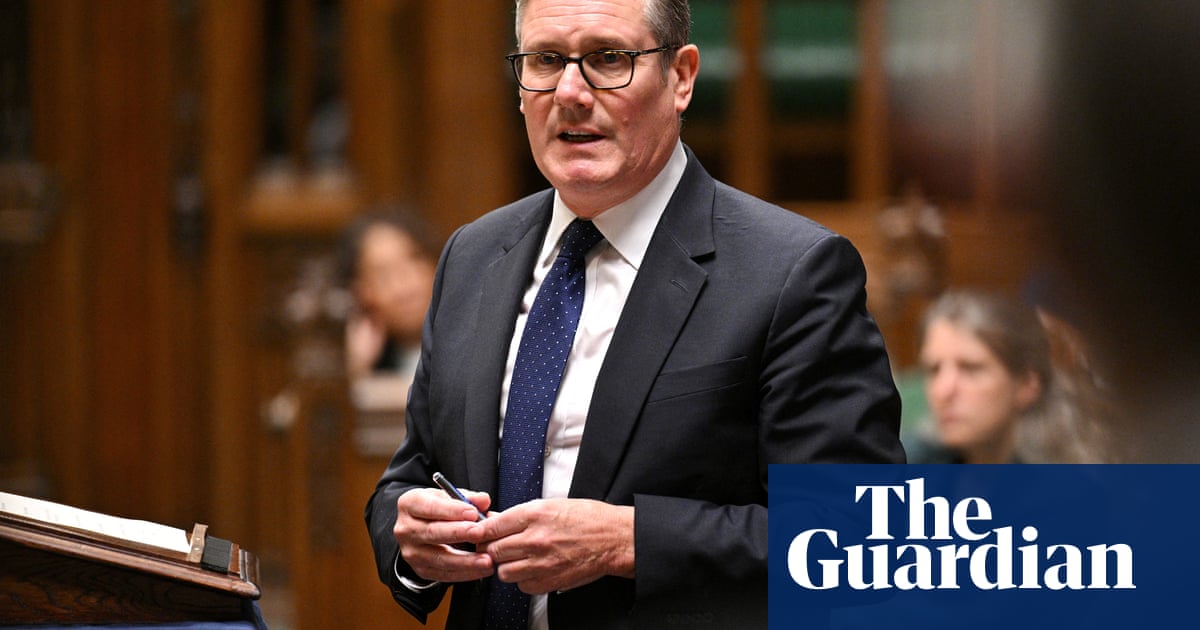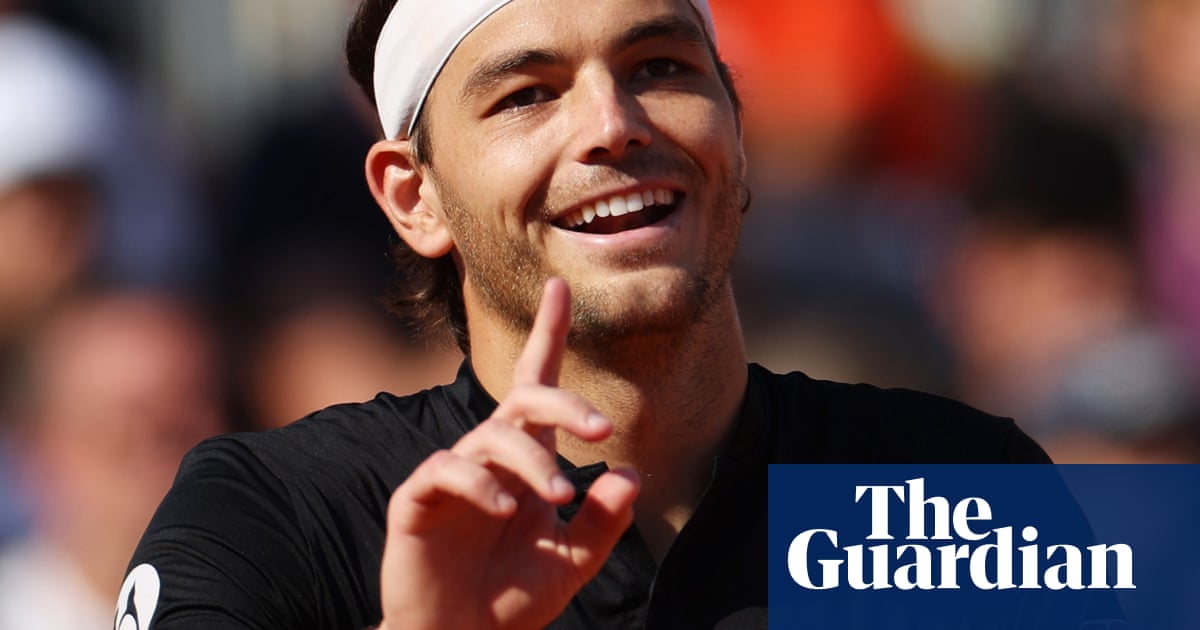Henry Moore believed “sculpture is an art of the open air” and that his works should be seen in “almost any landscape, rather than in or on the most beautiful building”.
Now the Royal Botanic Gardens, Kew, is planning the world’s largest outdoor exhibition devoted to the miner’s son who became one of the most important sculptors of the 20th century, it will announce on Monday.
Thirty of Moore’s monumental sculptures will be displayed across the 130-hectare (320-acre) landscape of the Unesco world heritage site, with its vistas and historic glasshouses.
A further 90 works – from carvings to drawings – will fill Kew’s Shirley Sherwood Gallery, while its wild botanic garden at Wakehurst in Sussex will show his sculptures alongside newly commissioned pieces from contemporary artists.
The exhibition, titled Henry Moore: Monumental Nature, will run from May to September 2026.
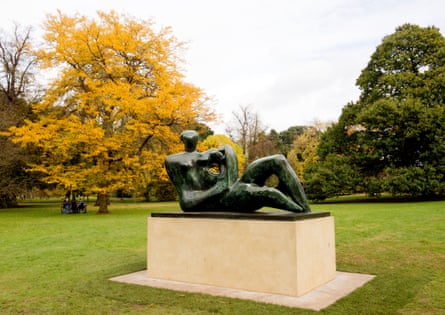
It will reflect his lifelong fascination with natural forms and materials. He once observed: “Nature produces the most amazing varieties of shapes, patterns and rhythms … But merely to copy nature is no better than copying anything else. It is what the artist makes of his observations … that is important.”
The exhibition is a partnership with the Henry Moore Foundation in Hertfordshire, which is lending most of the exhibits.
Sebastiano Barassi, the foundation’s head of collections, said: “[Moore] had a strong preference for nature over architectural cityscapes because he felt that the organic forms of his sculpture respond better to the organic forms of nature. We’re trying to show visitors that close connection.”
The exhibits will include several of his famous reclining figures as well as more abstract pieces such as Large Two Forms – “although Moore disliked the idea of his sculpture being called abstract”, Barassi said. “He always felt there was some connection with nature and many of his pieces started life from an actual object – be it a bone, a stone, a piece of driftwood – which he then reworked into something that belonged in his sculptural language.”
Barassi said of Large Two Forms: “It’s clearly organic in inspiration, evoking rocky formations with spaces through which the landscape can be viewed, essentially a merging of the sculpture and the surrounding nature, which was how Moore thought you really appreciate where his sculpture comes from. There’s a wonderful circularity there. You take ideas from nature, make a sculpture and put the sculpture back in nature.”
Moore, who died in 1986, also loved to work outdoors and, after moving to Hertfordshire in 1940, he used an adjacent rough farmland to experiment over how to situate his works against the sky and trees.
This new exhibition will span Kew’s entire site, in contrast to a 2007 Moore show that was limited to a few specific areas.
Paul Denton, Kew’s director of creative programmes, said: “We’re extending our reach of who comes to us, so the idea that we can draw people who may never have encountered Moore before is really important.”
He said: “These monumental shapes will sit beautifully in Kew’s landscape. There’s going to be a direct relationship with the landscape, how you see entryways and walkways, how you come across the sculptures and move around them. When there’s a sculptural work or intervention, you might see that site differently – and that’s what we want to do really.
“We work a lot with artists because we know they’re key in translating some really quite complex topics that Kew’s trying to talk about, whether it be climate change or biodiversity loss, artists can do that in a really wonderful way. Moore’s work is an extension of that. Even though these are now very much contemporary themes, Moore was still thinking about making us care for the natural world around us by placing works in that surrounding.”
Moore once said: “Nature is inexhaustible. Not to look at and use nature in one’s own work is unnatural to me.”

.png) 3 months ago
45
3 months ago
45
